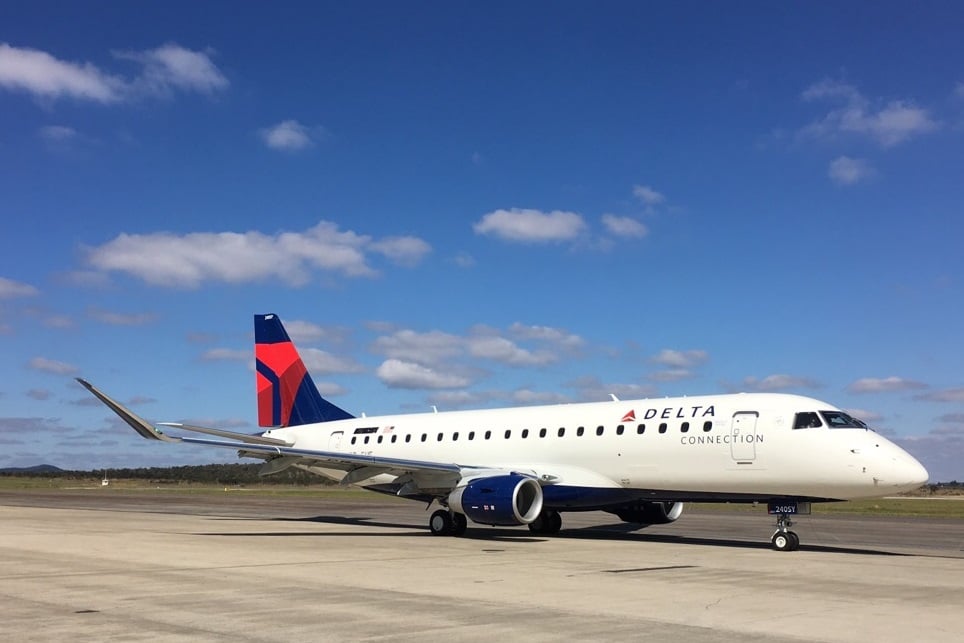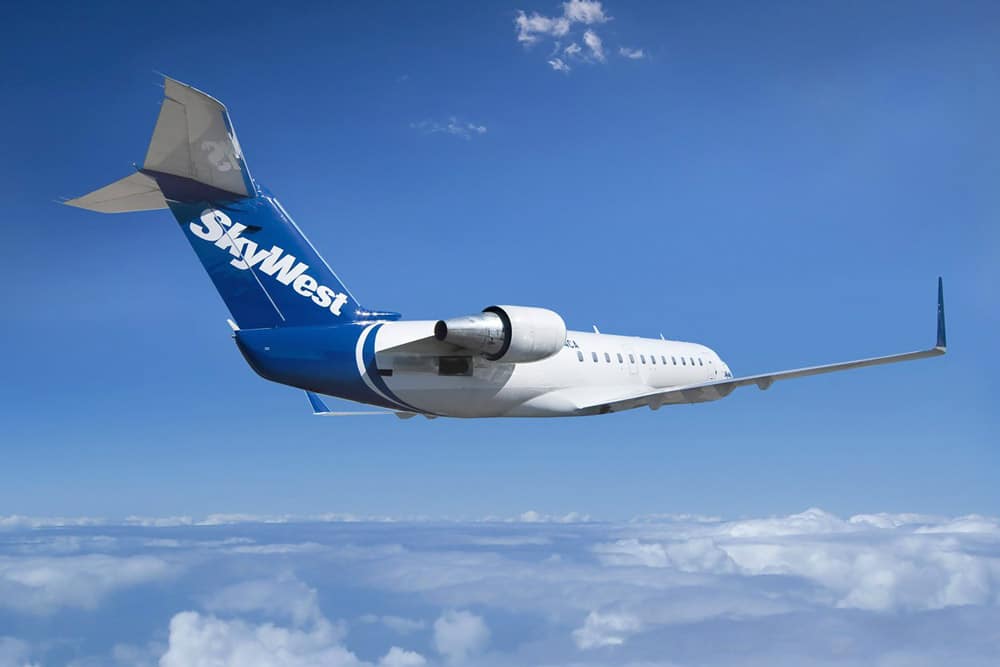Airline Pilots: Studies Shows $7 Million in Career Earnings

Right now is the perfect time to build towards a career in aviation, especially with the airlines.
United Airlines Makes Hiring Push, Working to Address Pilot Shortage

Right now is the ideal time to start your pilot training, and create the foundation for your career in aviation.
Upper Limit and SkyWest are Hosting an Aviation Career Lunch

Come Join Us and Learn From Recruiters What It Takes to Become a SkyWest Pilot! Upper Limit Aviation and SkyWest are giving you an opportunity to take control of your aviation career, by meeting with the SkyWest Pilot and Cadet Advocates at a delicious career dinner and open house generously provided by Upper Limit Aviation and […]
Upper Limit is Giving You a Clear Path to Becoming a Pilot with SkyWest Airlines
SkyWest Cadets receive a number of great benefits as they work to become a SkyWest Pilot. Upper Limit Aviation is excited to partner with SkyWest Airlines as part of the SkyWest Pilot Pathway Program. SkyWest’s program provides a direct path for exceptional pilots who want to take control of their aviation careers. Upper Limit Aviation’s […]
Finding the Humor in Flying With the Airlines
Flying with the airlines isn’t generally funny business, but that’s not stopping Kulula from trying to put a smile on your face. Humor isn’t always the first thing you think of when it comes to flying with the airlines, especially if you’re currently studying for your commercial at Upper Limit Aviation. It takes a lot […]
Pilot Salary: What Is The Pay Like In Different Careers?
A pilot’s salary can vary just as they do with any other job. Experience plays a big role as far as what a pilot makes, mainly because the different companies and positions available depend on the experience of a pilot. First, if we look at what the different types of jobs there are for pilots, then we […]
The Most Effective Diet For Pilots
Amber Berlin Every year at Thanksgiving we gather around the table and consume massive amounts of turkey. Then we spend the afternoon napping on the couch in a turkey coma. We know from experience that turkey is a food that promotes a state of sleepiness, and we also know that you wouldn’t want to eat […]
The Benefits of Becoming a Flight Instructor
Jennifer Roth With each stage of working towards a career as a pilot, a rewarding feeling of accomplishment is acquired. Whether it is the very first solo flight or passing the ATP check ride, each step is important as well as celebrated. Where a pilot wants to go with their future in the sky depends […]
Protecting Your Health Is Key To a Career In Aviation
Wilson Gilliam Jr. I stood in front of a Marine Corps recruiting office in 1988. I wanted to take the aviator’s aptitude test and join the Marines as a helicopter pilot. But, after a few minutes with the Sergeant, I realized that wouldn’t happen. Between thirteen years old and eighteen, my visual acuity had decreased […]
Pilot Career: What Will You Carry in Your Backpack?
When packing a backpack for a camp-out, Boy Scouts keep in mind the motto “Be Prepared.” It’s a good motto for a pilot career too. Vern Weiss Do you want to know who makes good pilots? Mechanics. They know aircraft systems inside and out and, as pilots, often pull a rabbit out of a hat in […]
IOE, AQP, FOQA, CRM, etc: The ABCs of Airline Training Programs
Airlines are integrating new curricula and shifting the focus of airline training programs more towards enhanced safety. Vern Weiss Some day I should experience a different career just to see if other fields are as crazy with initialisms, acronyms and abbreviations as aviation. I’ll bet not. For the benefit of the purist, an initialism is […]
Aviation and Your Flight Training: Choose the Best for a Lasting Impression
Wilson Gilliam, Jr. A paper on economic aerospace forecasting could be as thick as your computer screen is tall. Even the FAA Aerospace Forecast Fiscal Years 2015 – 2035 is nearly 140 pages long. I’m glad this post is long on brevity and to the point about how you can fit into the increasingly influential […]
